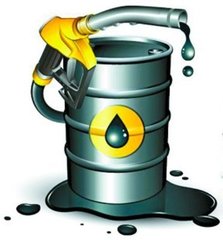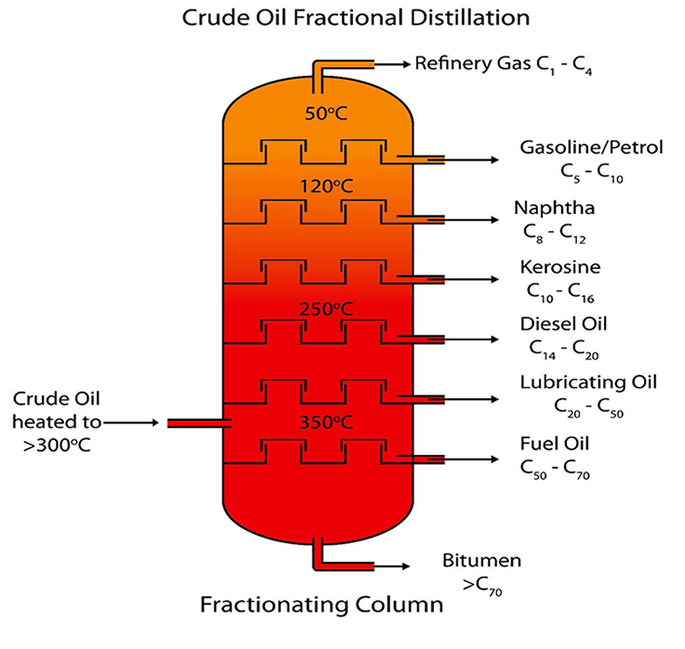The so-called waste engine oil, one refers to the oil in the use of impurities, such as water, dust, other miscellaneous oil and metal powder generated by the wear of the machine parts, resulting in darkening of the color and increased viscosity.
Second, the oil gradually deteriorates, producing organic acids, colloids and bituminous substances.
The regeneration of waste engine oil is the removal of impurities in the oil by sedimentation, distillation, pickling, caustic washing, filtration, etc. It is a toxic substance and belongs to the solid hazardous waste marked by the state. Waste engine oil is strictly prohibited from being bought and sold at will, and should be disposed of by a qualified waste oil treatment enterprise.
The waste oil body itself is not damaged much, but the additives inside have expired in the accumulated use of the product and contain impurities in the engine. After purification, adding new additives, it can become a regenerative oil to return to the market, and the performance remains unchanged. The United States is very developed in this respect.
Waste oil can still lubricate the parts where the lubricating oil is not required. For example, some bicycle metal hinges such as our bicycle chain, excavator, loader and other equipment can be applied with waste engine oil. To lubrication, anti-friction, anti-rust effect.
At the construction site, the waste engine oil can be used on the building formwork to prevent the formwork and cement from sticking together, and also to prevent rust and corrosion.
The use of diesel oil refined from waste engine oil for vehicles may damage the vehicle’s fuel system, but it is not a problem for catering companies or stoves used in some machinery factories. Moreover, the price of fuel refined from waste engine oil is much cheaper than that on the market. Some catering companies and machinery factories are also willing to use this fuel oil.
During the use of the oil, a large amount of colloidal asphaltenes and acidic substances are generated, and at the same time, a large amount of metal scraps, carbon particles and residual fuel are mixed with the oil mixed with the oil, so the regeneration is more complicated. The method steps for regeneration are:
Precipitation: Precipitation is mainly to remove water from oil and large mechanical impurities. There are two kinds of precipitation: natural precipitation and heat precipitation: natural precipitation is to dump waste oil into a container, and let the debris slowly precipitate to the bottom. The precipitation time is usually 5 to 15 days. The precipitation is heated by steam to reduce the waste oil to 6080, and then settle statically for 24 to 48 hours.


